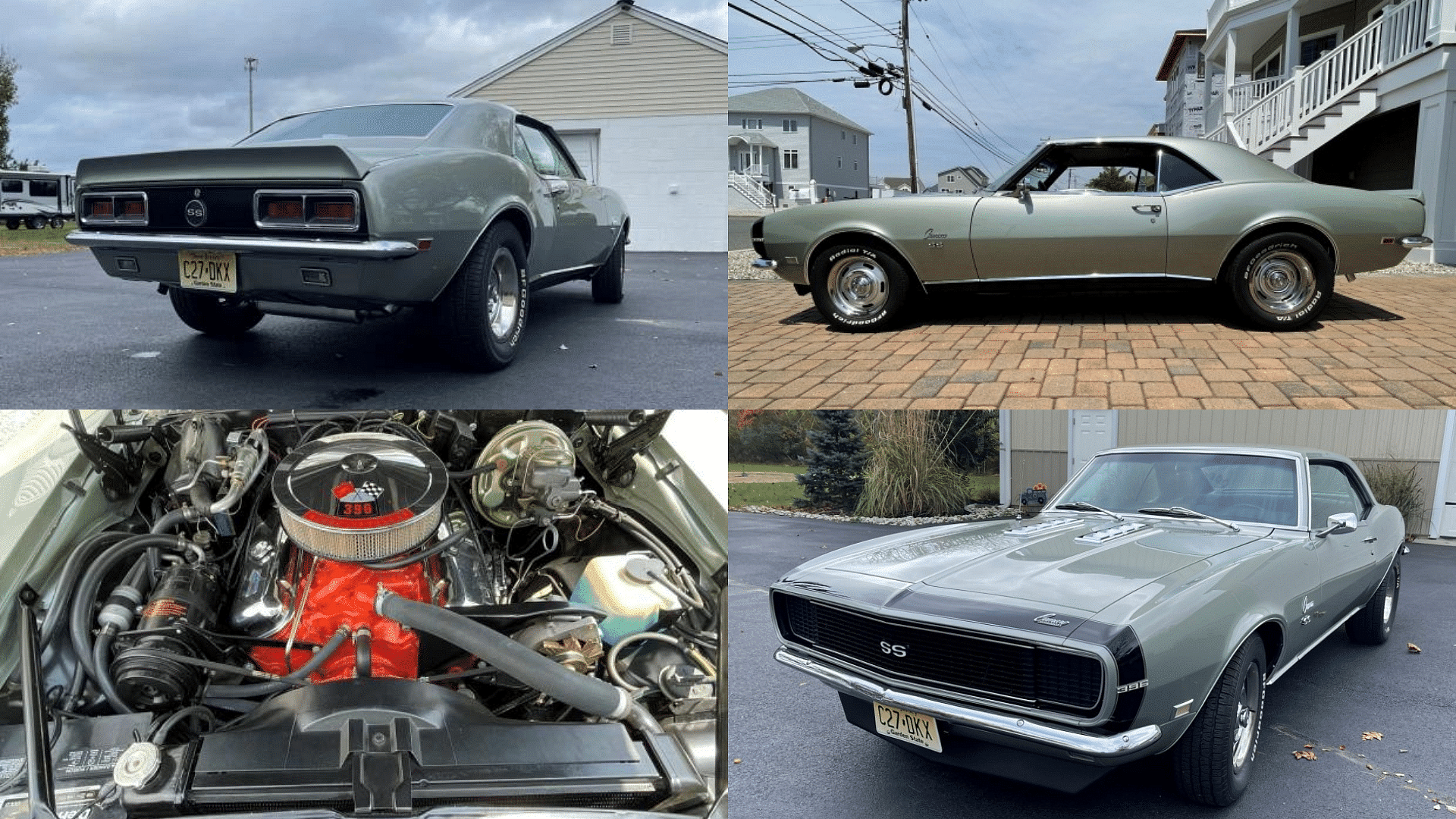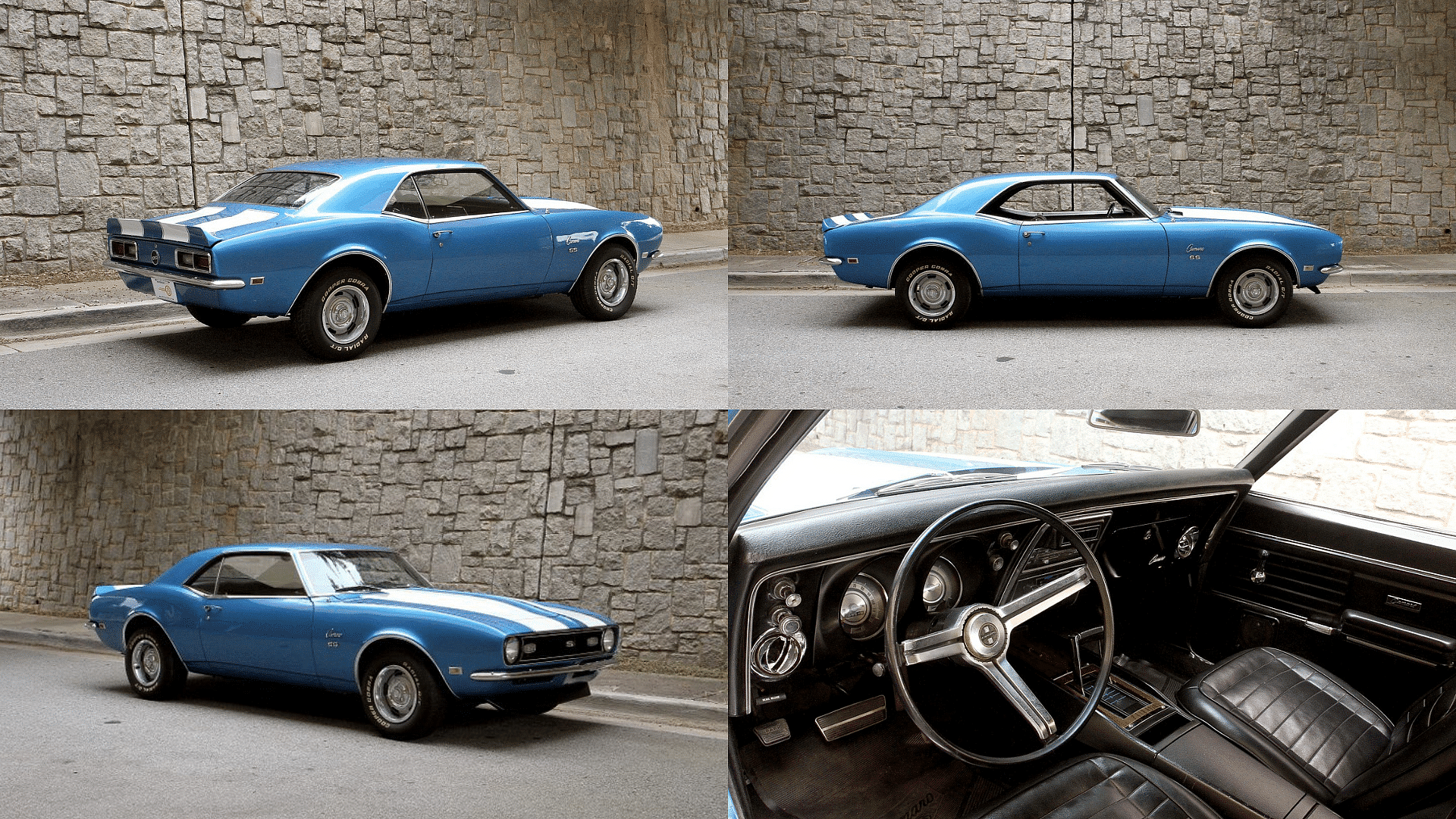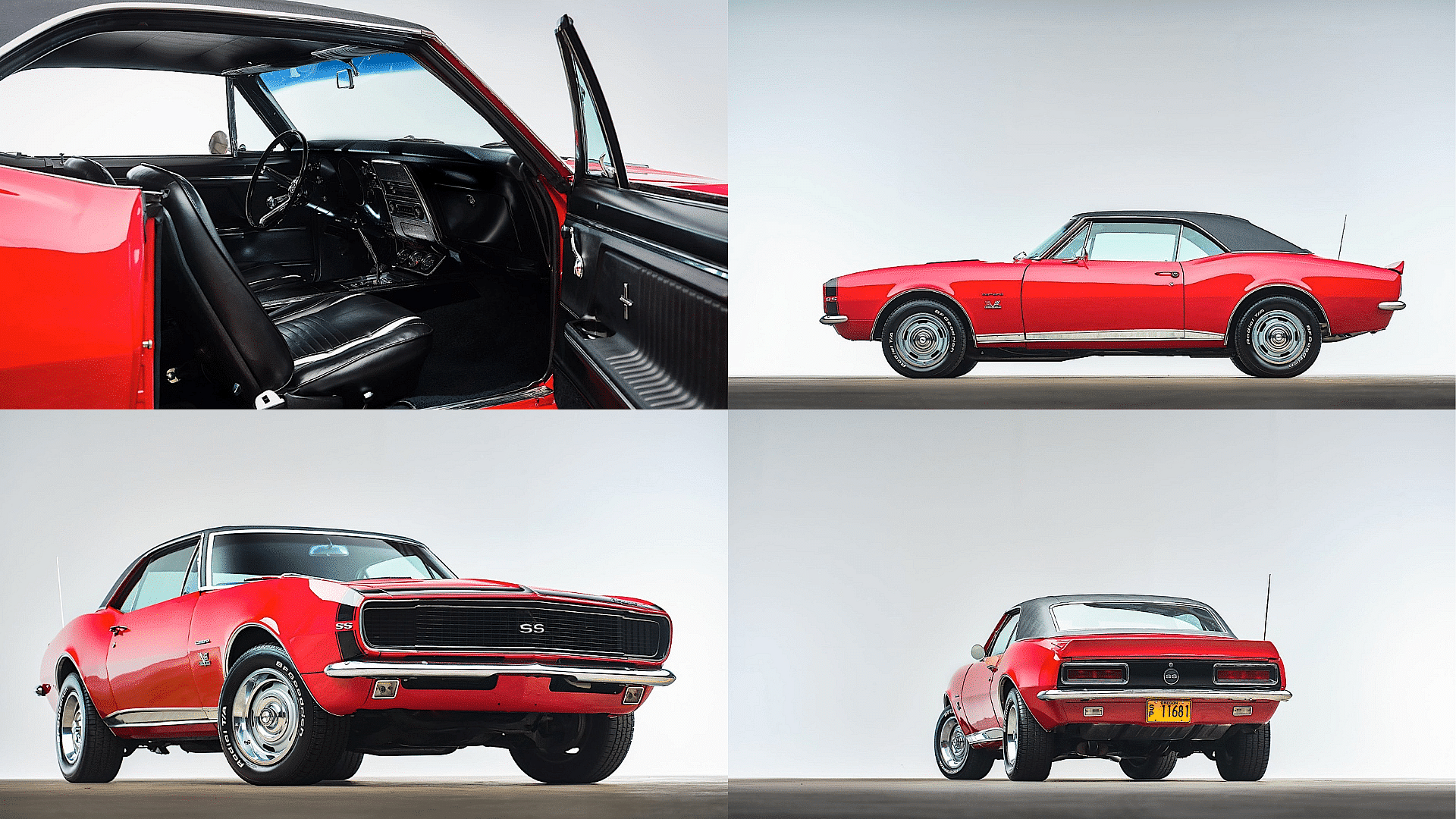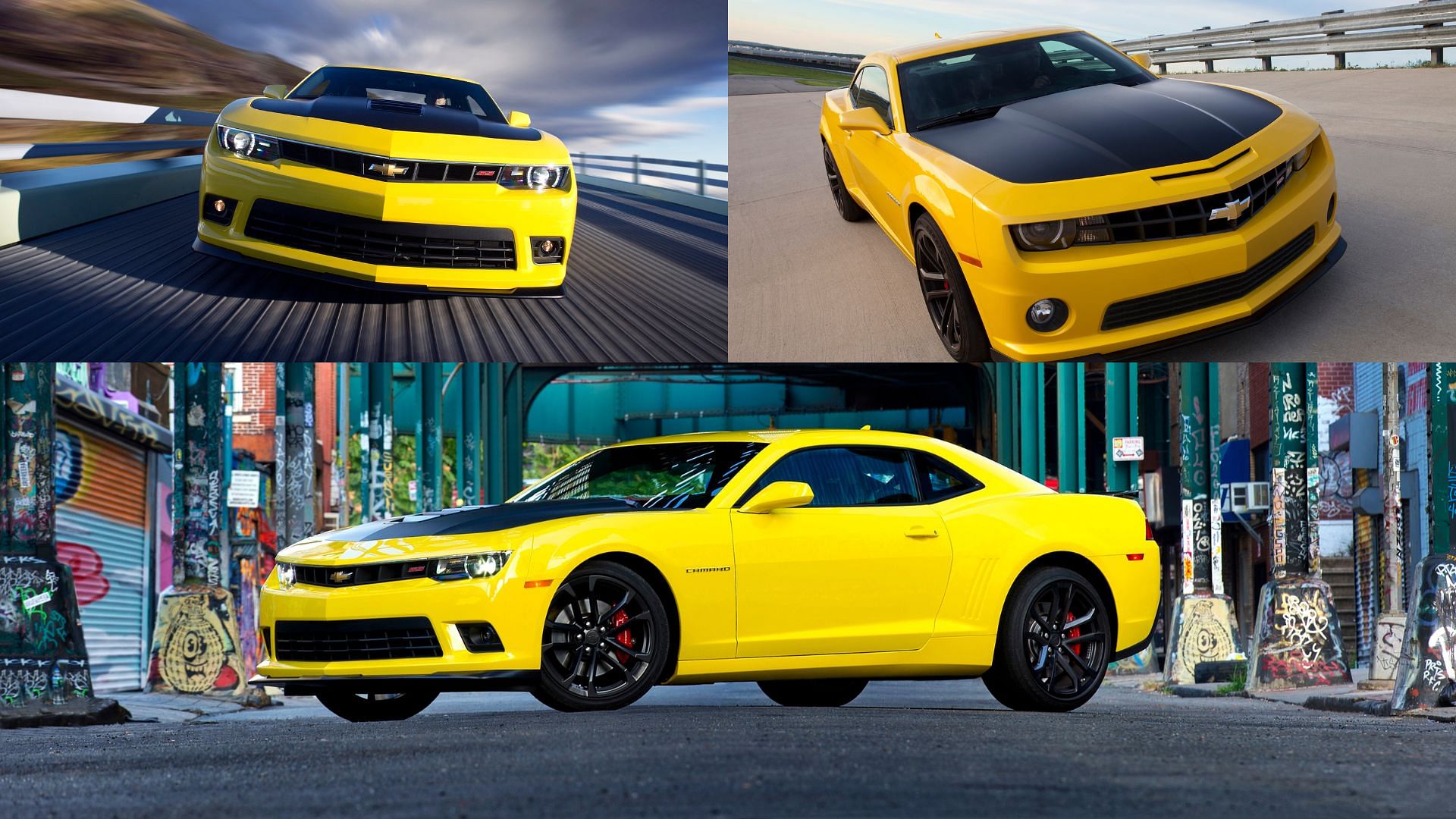Revving Through History Of The First Generation Chevrolet Camaro (1967-1969)
The first generation Chevrolet Camaro made its debut in 1967. It quickly became a popular choice for muscle car enthusiasts due to its wide range of options and configurations. The three model years of the first generation Camaro - 1967, 1968, and 1969, each played an important role in the car's success. Let’s take a step back in time and look at the importance and role of each model year.
Published February 22, 2024

On September 12, 1966, Chevrolet unveiled the first generation of Camaro to compete with the Ford Mustang. The Camaro was described as a "small vicious animal that eats Mustangs." The car officially went on sale as a 1967 model two weeks later, on September 29. In this article, we will explore the importance and role of the three model years of the first-generation Chevrolet Camaro: 1967, 1968, and 1969.
It was offered as a 2+2 coupe or convertible. The first generation, produced between 1967 and 1969, is considered to be the most popular and the most important one in the history of the Camaro. The 1967 model year brought the Camaro to the market, and it was an instant hit among car enthusiasts while the 1968 and 1969 models brought a few significant changes that added to the car's appeal.
1967 - Introduction of the Camaro
The 1967 Camaro was the first model-year of production of the Camaro lineup and set the foundation for the car's success. It was designed to compete with the Ford Mustang and offered a wide range of options and configurations including the SS and RS packages, as well as the Z/28 option code that was introduced in December of 1966.

The Z/28 featured a high-output small-block 302 cu in (4.9 L) V8 that had been designed for racing in the Trans-Am racing series. The 1967 Camaro was an instant success and went on to sell over 220,000 units.
1968 - Minor Styling Changes and Improved Performance

The 1968 Camaro underwent minor styling tweaks and introduced "Astro" Ventilation, a fresh-air-inlet system that deleted the side vent windows. The RS package included distinctive styling with concealed headlights and revised taillights.
...SS models received a revised 396 cu in (6.5 L) engine that produced 350 bhp (260 kW) at 5200 rpm and 415 lb⋅ft....
The big-block SS models received a revised 396 cu in (6.5 L) engine that produced 350 bhp (260 kW) at 5200 rpm and 415 lb⋅ft (563 N⋅m) at 3400 rpm of torque. The 1968 Camaro was another successful year for the car, with over 235,000 units sold.
1969 - Updated Styling and Performance
The 1969 Camaro underwent minor styling changes, including a new front grille and revised rear quarter panel. The RS appearance package included a distinctive grille with concealed headlights and revised taillights. The SS performance package was revised, with the 396 cu in (6.5 L) engine producing 350 bhp (260 kW) at 5200 rpm and 415 lb⋅ft (563 N⋅m) at 3400 rpm of torque.

The optional L89 engine had aluminum cylinder heads. The Z/28 performance package was also updated with a revised 302 cu in (4.9 L) V8 that produced 290 bhp (220 kW) at 5800 rpm and 290 lb⋅ft (390 N⋅m). The 1969 model, just like its previous version, was also a hit in terms of sales, selling a whopping 243,085 units.
https://youtu.be/KHwSKENwBaw?si=csqa3ST5vqfWV4Dh
These Aren't Cars That You Drive Passively; You Can Put One Hand On The Wheel & Tool Down The Road, But They Want You Involved, They Move Around" - Sam Smith, Hagerty, On Driving A '69 Camaro.
A Redesign for a New Era: The 1970 Camaro
When the Camaro came back in 1970, it looked meaner and lower than ever before. It also had some serious muscle under the hood, especially the Z28 and SS versions. The Camaro SS 350 even made it to Road & Track’s top 10 cars in the world in 1971.
The Camaro kept its cool throughout the 1970s, despite the oil crisis and the emissions rules. It finally changed its shape in 1982, when it got a sleek and had an aerodynamic makeover. It also got some new features, like fuel injection, automatic transmission, and anti-lock brakes.

Short Brief About Latter generations Of The Camaro
The coolest Camaro of the 1980s was the IROC-Z, which was named after a racing series and had a sporty look and feel. The Camaro also brought back the convertible option after a long time. This generation of the Camaro got another facelift in 1993, with a smooth and curvy body lines that showed off its pace.

It also got a new V8 engine that made it even faster and stronger. Along with that, the Camaro had some special models, like the 30th Anniversary Edition in 1997 and the SS in 1998. Chevrolet stopped making new Camaro models in 2002, due to declining sales and changing consumer preferences.
The Camaro returned to the scene in 2010 after a long break, and boasted a new look that paid tribute to its original style. It was inspired by the concept car that stole the show at the 2006 North American International Auto Show where it won the “Best In Show” award from AutoWeek.

The new Camaro was a blend of old and new, mixing classic aesthetics with modern technology and performance. It also offered some exciting models, such as the powerful ZL1 in 2012 and the track-ready Z/28 in 2014. The Camaro got even better in 2016, with a new generation that was lighter and smaller, making it more agile and fun to drive.
Write a comment
Comments
No Comments Yet









